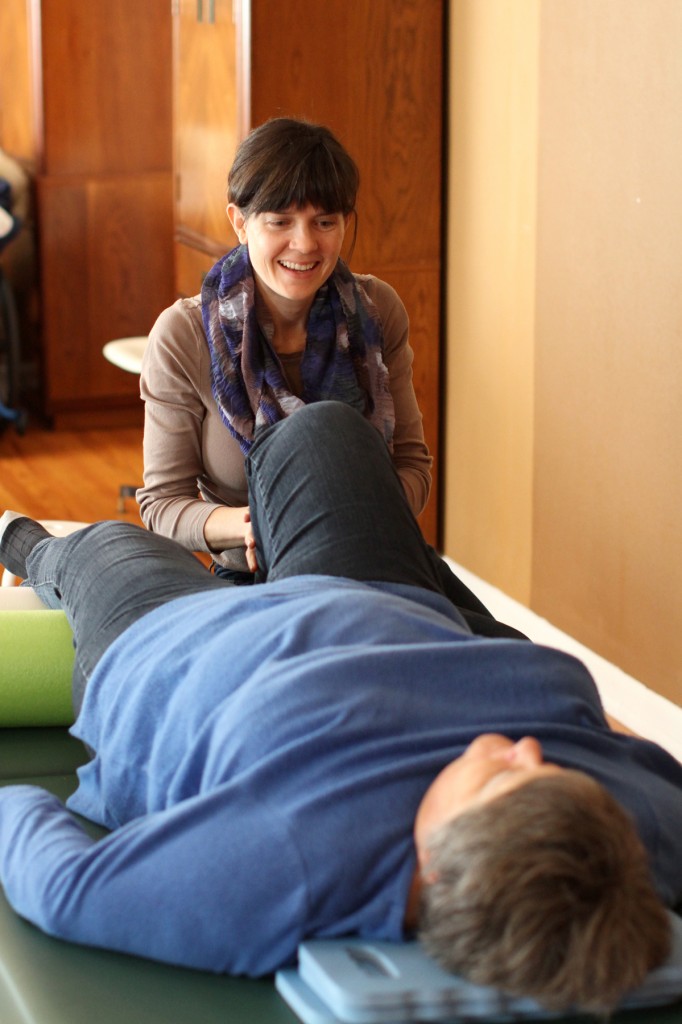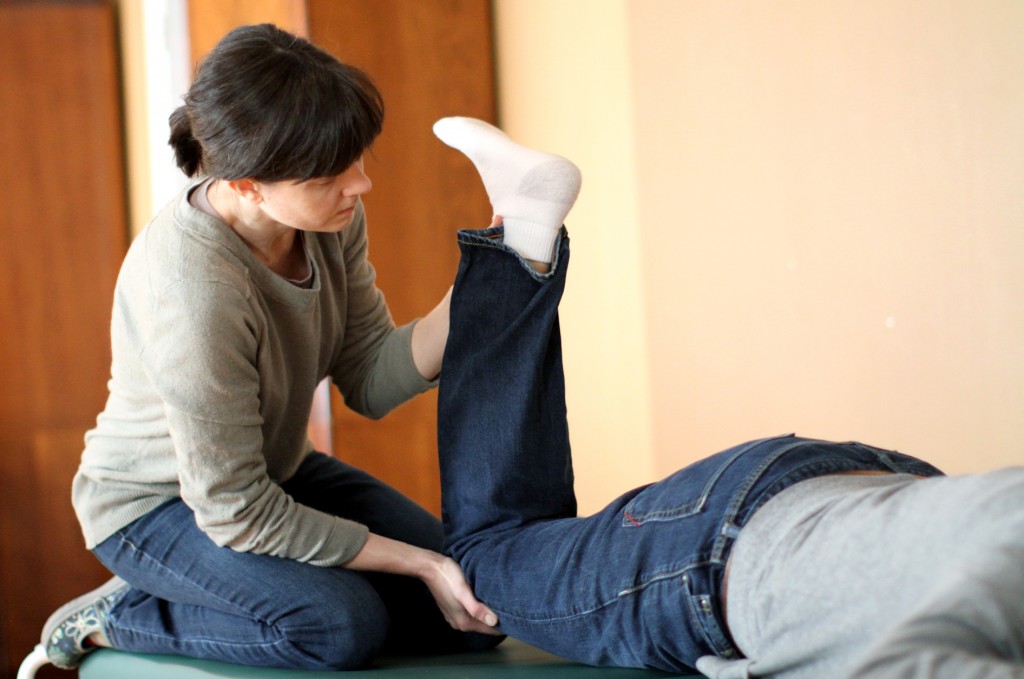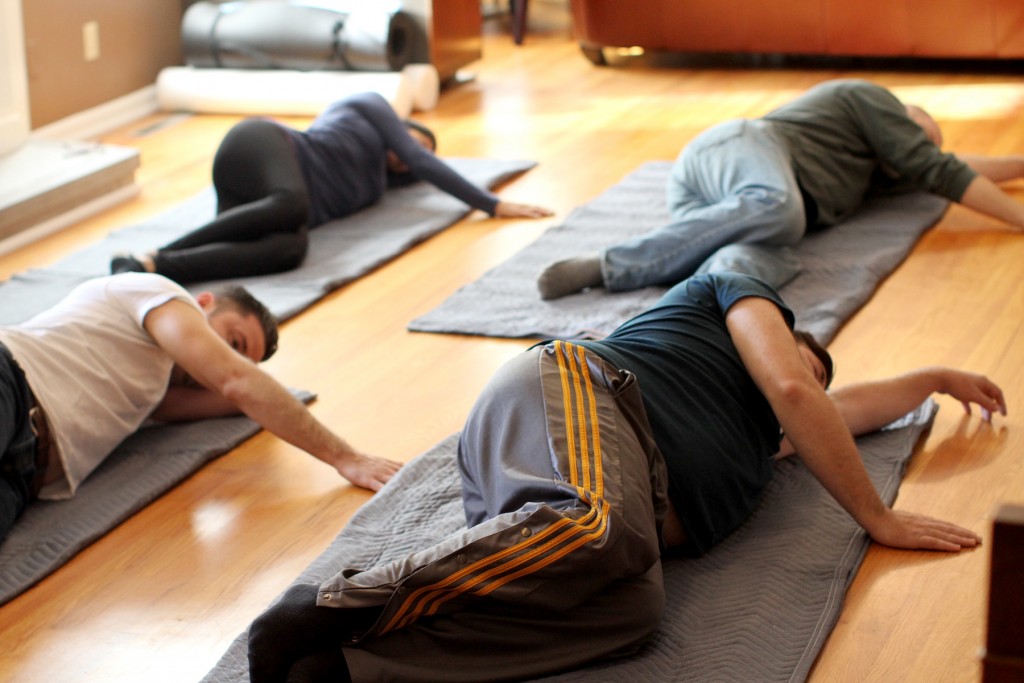In ABM, sessions between a practitioner and client are referred to as lessons. We view this interaction as teacher/student relationship. My job as the teacher is to provide students the opportunity to learn using movement as a way to communicate to their brain.
ABM helps those with back, neck, shoulder, or hip pain, headaches or stiffness as well as those with limitations due to aging, stroke, injury, or illness. It can help to:
This practice can also assist high-performance individuals to fine-tune their abilities as well. Athletes, dancers, and musicians have all discovered enhanced capabilities through the utilization of ABM techniques.
ABM accesses the remarkable capacity of the human brain to form new connections and patterns. Lessons release chronic tension and break down natural movements into their smaller, underlying parts. This process wakes up the brain and facilitates the growth of new neural pathways enabling students to perform at higher, more complex levels. Changes may occur over time or right away and can be quite dramatic.
Tens of thousands of people have found help through NeuroMovement®. This approach has helped to restore and improve physical, cognitive, and emotional functions for people of all ages. Innovative and gentle movement techniques shift attention away from current limitations and awaken the brain to new possibilities. Awareness and movement are the tools that help the brain to make new neural connections and rewire itself, paving the way to improved function on all levels of self.
NeuroMovement has helped those who suffer from:


The Anat Baniel Method recognizes that for children to become their most potent selves, a one-size-fits-all approach is never a viable option. Using the Nine Essentials, each lesson is uniquely crafted not to elicit a specific response or action, but instead to help the child’s brain wake up to become interested and ready to learn.
ABM meets children where they are physically, cognitively, and emotionally, and asks of them only to do what they are already able. The goal is not to fix, but to connect. Asking them to do what they cannot only reinforces limitations. By introducing small variations during a lesson, children can build, block by block, upon what they already understand.
A few conditions, syndromes, and injuries of children who have benefited from ABM:

Students typically lie on a table while the teacher gently and slowly moves the body in ways that present useful and functional information to the brain. Each lesson is customized to a student’s specific needs and current abilities.
Lessons are most effective when several are clustered over a period of one to two weeks. This makes it easier for the brain to insulate and build upon changes and shifts from previous lessons.

In a group setting, specific instructions are given on how to move and students are encouraged to do these movements slowly, gently, and with attention. These exercises help create to movement patterns that increase strength, flexibility, and vitality.